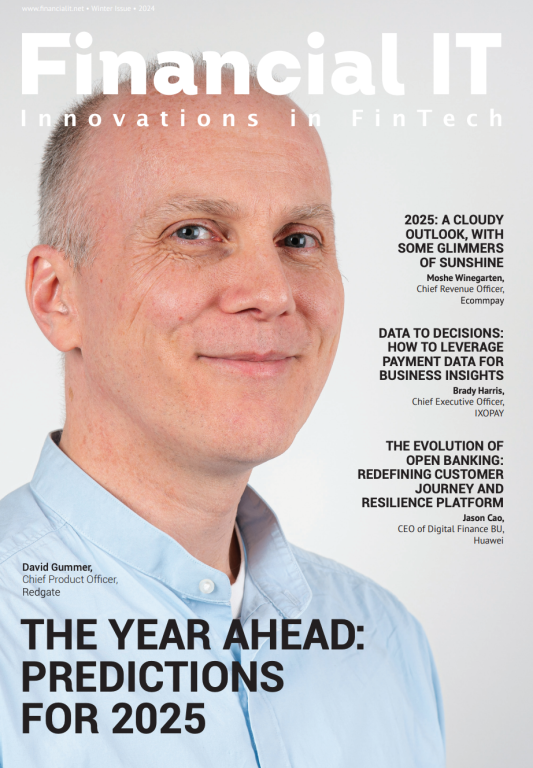How is FinTech Shaping the Remittance Industry?

- Latifa Alkhanjary, at Kinesis Money
- 28.04.2022 04:00 pm #remittances
As the world becomes more connected than ever, money is rapidly becoming borderless. The growth in migration, as well as commercial expansion across the globe, has catalysed the huge movement of money across borders – and a large proportion of these are remittance payments. It is often the case that remittance flows from developed to developing economies as migrant workers send money back to their families at home.
Remittances are so significant that, in recent years, they have contributed more to some countries’ economies than foreign aid.
Data issued by The World Bank in 2018 revealed that remittance flows to low and middle-income countries reached a record high of $529 billion – a result of the exciting innovations which are enabling the frictionless sending and receiving of remittance payments, globally.
Remittances: an industry in motion
Despite some exciting recent developments in the remittance industry, the process must become a fairer one.
Fees incurred are often very high. In fact, in 2021, the World Bank reported an average cost of a 6.38% deduction in money sent, putting a significant dent in the recipient’s purchasing power. This is far too high a percentage, especially considering remittances are most common among low-income workers.
At last, some superior options are emerging. We’ve already witnessed the immediate impact of alternative assets such as cryptocurrency reshaping the remittance industry. Due to its borderless nature, it has helped facilitate fast transactions and lower cross-border remittance charges. Digital currencies – including Bitcoin, Dash and Cardano – can be sent abroad for a fraction of the cost and time compared to what is traditionally offered. At the heart of improving the remittance industry is the implementation of the underlying technology of blockchain – and the benefits cannot be understated. Blockchain can be used in many ways to transfer the ownership of tokenised assets seamlessly from one person to another. It enables peer-to-peer transactions, forgoing the need for an intermediary, which often increases transaction costs and times.
New technologies will continue to provide a much needed modern injection into a relatively outdated industry, facilitating high-speed transfers, favourable rates, and no hidden fees. Existing market leaders, like Western Union, are going to struggle to keep up with what this evolving technology has to offer.
What’s more, remittance innovation is helping families in developing countries who are underbanked as it provides people with a revenue stream that encourages them to engage in the financial system. Therefore, by providing an alternative financial solution, remittance payments can support even the poorest sectors of society. This creates a virtuous cycle: by improving financial inclusion for individuals, the broader economy improves as the circulation of money and economic activity increases.
Research has shown this to be a significant problem. In 2017, 1.7 billion people were classifiable as ‘unbanked’ in emerging economies. This lack of financial inclusivity attenuates the economic potential of these countries as it reduces participation in the country’s overall economy, hence the important role that remittances play in allowing smaller economies to develop.
Unlocking the potential of emerging economies
For many developing countries, the remittance industry plays a salient role in contributing to the economy’s health and growth potential. One report highlighted that remittance payments equate to over 10% of the GDP of developing economies over the course of a year. Once the cash is in the country, it fuels domestic economic growth.
Possibly the most important contribution of remittances to a developing economy is to offer businesses start-up capital. With more disposable income at their fingertips, recipients are able to pursue business ventures which allow developing economies to benefit from increased employment opportunities, greater competition and proliferation of innovation and entrepreneurship.
Remittances can also help countries drive towards the 17 Sustainable Development Goals (SDGs) set out by the UN in 2015, both at a household level and community level. For the former, remittances contribute up to 60 per cent of recipient families’ income, which has many downstream benefits that contribute to achieving the SDG goals. This includes reducing the depth and severity of poverty, improving health and wellbeing, and providing quality education.
On a community level, this also stimulates progress. For instance, remittances are most often used for home improvements, rather than home purchases, meaning that households gain greater access to affordable and clean energy. Moreover, as families increase their purchase capacity, communities collectively change their consumption patterns which, in most cases, leads to responsible consumption and production.
Remittances, therefore, can act as a backbone for emerging economies’ development at a national, community, and household level.
A fairer and more transparent future
Already we are witnessing fintech start-ups looking to benefit from the explosive opportunity in the remittance industry. Solving the unfair practices in the remittance industry – such as high costs and hidden fees – will allow those that need it most to hold onto their hard-earned cash. Increased competition within the remittance industry should be seen as a positive - it forces firms to provide fairer services, at a lower rate.
Not only can it provide better solutions for remittance users, but it offers a lucrative business opportunity with a lot of room for disruptive and innovative companies to have a transformative effect.
The use of blockchain technology in the remittance industry has certainly pushed the industry in the right direction – and in the next few years, it will encourage a fairer, safer, and more transparent alternative to what is currently offered on the market.





















